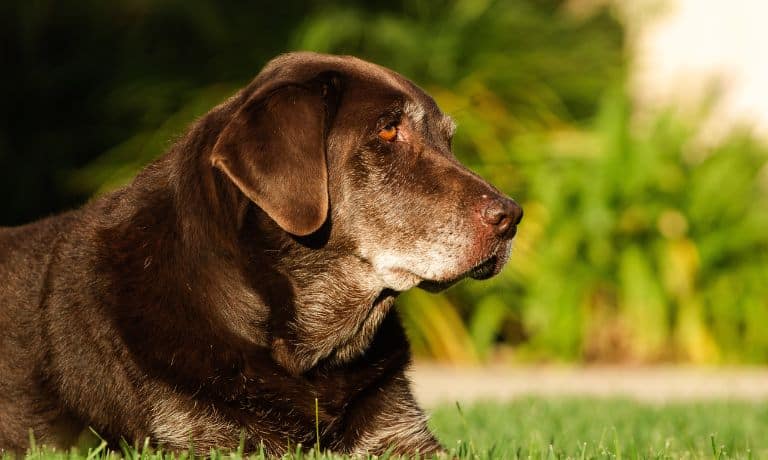
As your beloved canine companion enters their twilight years, it becomes increasingly important to pay attention to their physical and mental health. Just like humans, dogs experience a natural decline in energy levels and mobility as they age. However, this doesn’t mean they should lead a sedentary lifestyle.
Senior dogs require a tailored exercise regimen that accommodates their changing needs. This helps them maintain a healthy weight, supports their weakening joints, and keeps their minds actively engaged. These five ways to exercise your senior dog will significantly enhance their quality of life, ensuring they remain happy, healthy, and by your side for as long as possible.
Gentle Walks
Gentle walks are a staple in a senior dog’s exercise regimen. Shorter, more frequent walks can help maintain your dog’s cardiovascular health without putting too much stress on their joints. It’s important to tailor the length and pace of the walks to your dog’s individual needs, as some might still enjoy longer walks, while others might show signs of fatigue more quickly.
Puzzle Toys and Games
Mental stimulation is as important as physical exercise, particularly for senior dogs that might not be as physically active as they once were. It’s important to understand canine anxiety about the outdoors, which is common in senior dogs. If you dog experiences this type of anxiety, puzzle toys and interactive games are viable alternatives to keep their minds sharp and active. These activities help prevent cognitive decline and keep your senior dog engaged and happy.
Swimming
Swimming is an excellent low-impact exercise that allows senior dogs to experience a range of motion without the harsh impacts associated with harder surfaces. The buoyancy of water supports your dog’s weight, which can help relieve pain and stress on their joints. High-impact activities are one of the most common causes of soft tissue injuries in dogs, especially senior dogs, but swimming is a safe and gentle activity that alleviates joint pain and allows your dog to get some much-needed exercise.
Modified Agility Training
Agility training isn’t just for young, energetic dogs; you can modify it for senior dogs to enjoy as well. Creating a low-impact agility course that includes simple obstacles can stimulate your dog’s mind and encourage them to move at a comfortable pace. It’s a great way to combine physical and mental exercise to help your dog remain agile and alert.
Stretching and Massage
Incorporating stretching and massage into your senior dog’s routine can significantly benefit their mobility and comfort. Gentle stretching can help maintain flexibility, while massage can increase circulation and relieve any muscle tension. This can be particularly beneficial for senior dogs experiencing stiffness or those recovering from soft tissue surgery.
These exercises for senior dogs can significantly impact their quality of life, helping them stay healthy, happy, and mobile in their senior years. Always remember to pay close attention to how your dog is feeling during and after exercise, adjusting activities as necessary to fit their health and energy levels. Consulting a veterinarian can also provide personalized guidance tailored to your senior dog’s specific needs.





